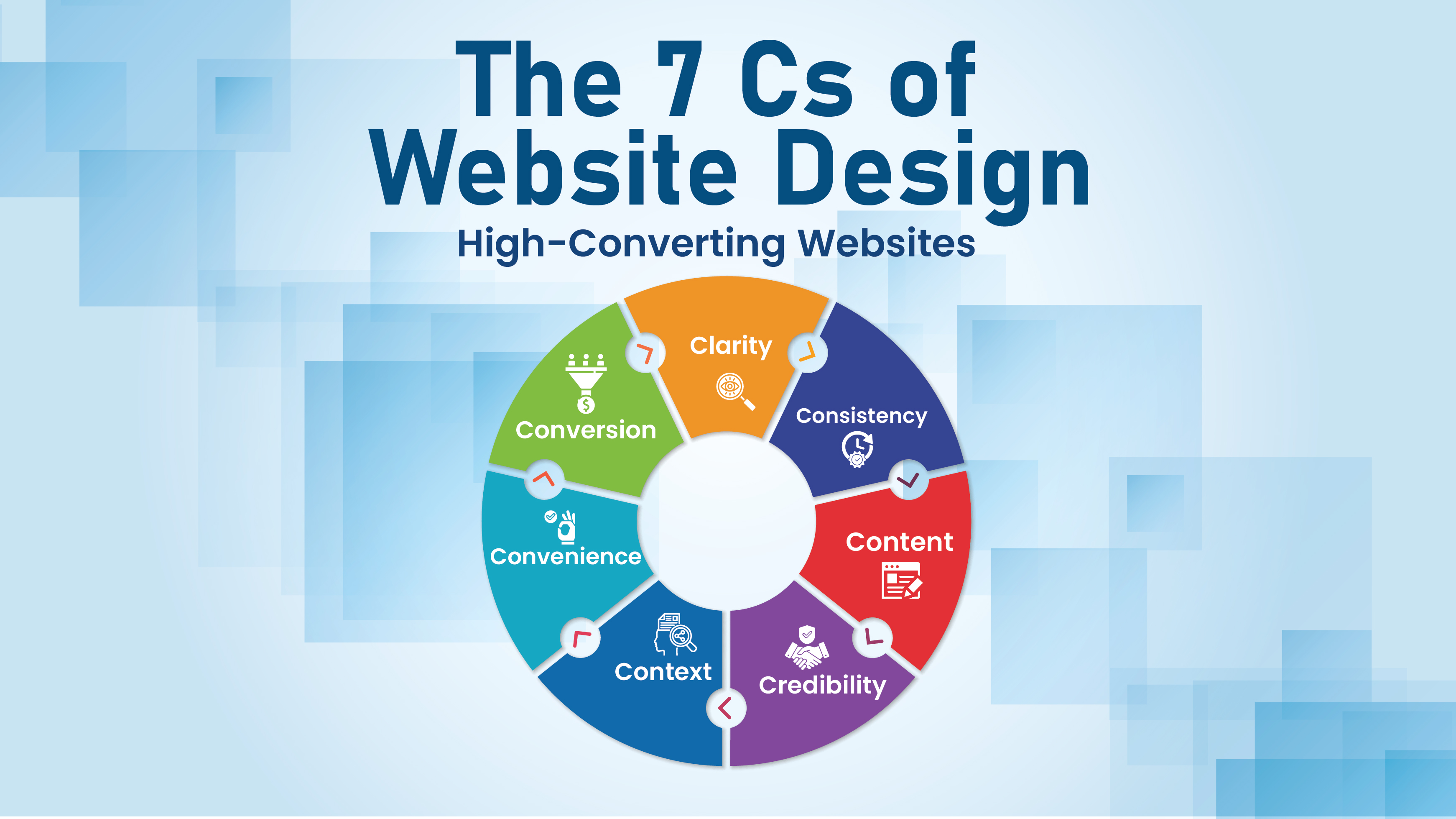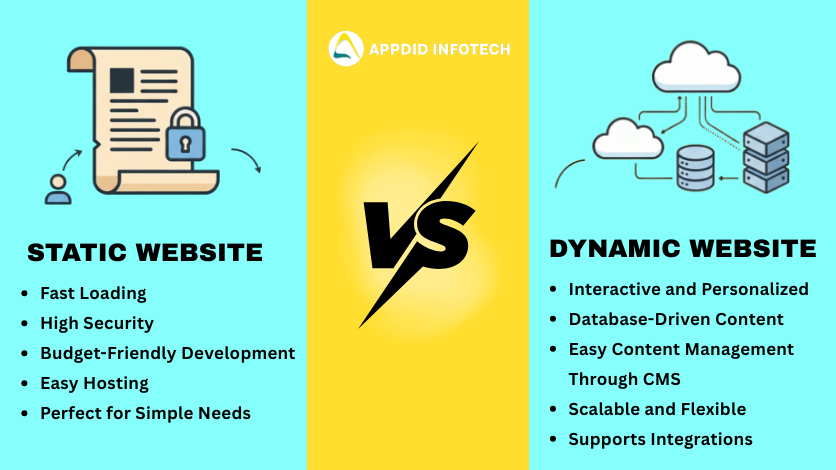Factors to Consider When Choosing a Framework
- App Requirements and Complexity: Before selecting a framework, it's essential to define the app's requirements. Consider factors such as: - Target platforms (iOS, Android, both) - App complexity (simple, moderate, complex) - Required features (e.g., real-time updates, offline capabilities) For complex apps requiring high performance and platform-specific functionalities, native development might be preferable. For simpler apps with a focus on rapid development and cost-efficiency, cross-platform frameworks could be more suitable.
-
Developer Skills and Experience: Evaluate your development team's expertise and familiarity with different frameworks. Choose a framework that aligns with their skill set to minimize learning curves and maximize productivity. For instance, if your team has experience with JavaScript, frameworks like React Native or Ionic (based on AngularJS) might be ideal.
-
Performance and User Experience (UX): Performance is critical in mobile apps, impacting user experience and retention. Native frameworks (Swift for iOS, Kotlin for Android) often deliver superior performance due to direct access to platform-specific APIs and hardware. Cross-platform frameworks leverage JavaScript or other languages, introducing an abstraction layer that can affect performance to varying degrees. Conduct performance benchmarks and consider user experience implications (e.g., smooth animations, responsiveness) when evaluating frameworks.
-
Community Support and Ecosystem: A robust developer community and ecosystem contribute to a framework's reliability, support, and future-proofing. Frameworks with active communities often receive frequent updates, bug fixes, and third-party plugins/extensions, enhancing development efficiency and reducing development time.
-
Scalability and Maintenance: Consider long-term scalability and maintenance requirements. Frameworks that offer modular architecture, easy integration with backend services, and support for code reusability (e.g., through component-based development) can streamline updates and expansions as your app grows.
Popular Mobile App Development Frameworks
Let's explore some of the leading frameworks used in mobile app development:
1. React Native
Language: JavaScript (React)
Platforms: iOS, Android
Key Features: Code reusability, native-like performance, strong community support (Facebook), extensive library of components.
2. Flutter
Language: Dart
Platforms: iOS, Android, Web, Desktop -
Key Features: Single codebase for multiple platforms, fast rendering via Skia graphics engine, customizable UI components.
3. Ionic
Language: JavaScript (Angular, Vue, or React)
Platforms: iOS, Android, Web -
Key Features: Cross-platform development, native-styled UI components, integration with Angular for robust app architecture.
4. NativeScript
Language: JavaScript, TypeScript
Platforms: iOS, Android
Key Features: Access to native APIs, Angular and Vue integration, TypeScript support for type safety.
Conclusion
Selecting the right mobile app development framework involves assessing technical requirements, development team capabilities, performance needs, and long-term scalability. Each framework offers unique advantages and trade-offs, so it's essential to prioritize factors that align with your project goals and constraints. Whether you opt for the performance of native development or the versatility of cross-platform frameworks, choosing wisely can significantly impact your app's success in the competitive mobile landscape. By carefully evaluating these considerations and exploring the capabilities of leading frameworks like React Native, Flutter, Ionic, NativeScript, and Xamarin, you can make an informed decision that sets your app up for success from development through to deployment and beyond.










